Grape harvest season is one of the most exciting times in a winery’s year, but the anticipation of another busy work period may bring on some anxiety. To better prepare for wine grapes’ yearly arrival, many wineries are looking to make an investment in better management software. Here are some ways Crafted ERP’s Winery Edition can be used during crush to increase efficiency and profitability.
1. Eliminate paper records and empower staff
Up until now, each member of your team may have been responsible for their own record keeping during crush. However, with a web-based system, all of the information is centralized and accessible by every individual on the production floor – from vineyard workers to cellar staff . Not only is the existence of paper records a huge waste of resources, but it can also be extremely time- consuming. If each team member was responsible for maintaining their own forms, he or she would have to spend valuable time finding them or writing them up when they are needed. This increases labor costs and slows down production.
2. Ensure the quality of every lot
Depending on the type of winery you run, lots may be made up of several different wines. For example, let’s say that your Cabernet Sauvignon grapes are being processed into three separate wines – a Reserve, an Estate, and a Carte Blanche. Each wine may contain both red and white grapes, so you must ensure that the proper varieties are separated during processing. An easy way to do this is to have an ERP system that segregates lots by type. This allows your team members to quickly identify the amounts of primary and secondary varietals in each lot. Once they know what to look for, they can use this information to ensure that the minimum standards of quality and yield are met on every lot.
3. Create an efficient work schedule
A time tracking feature is a must-have for every ERP system since it allows you to accurately estimate labor costs . Therefore, if you don’t already have one set up, we suggest making the most of time tracking and farm task costing before crush season begins . Once implemented, each team member will be able to easily track how many hours they spend on certain farming tasks throughout the day or week. This will allow them (and you) to better anticipate and plan out all necessary activities in advance. Less time spent planning means more time available for wine making. Take advantage of Crafted ERPs’s time-saving capabilities to increase your organization’s efficiency and profitability during harvest season!
Key Winery Business Impacts
Here’s how you and your team can benefit from using software during harvest:
Increased Efficiency
An enterprise resource planning (ERP) system can help you plan out all necessary activities in advance, which allows you to create a schedule that maximizes efficiency. If something doesn’t work out as planned, you can easily revise your schedule and see the impact on sales and profitability before it’s too late.
Reduced Errors
Using software like Crafted ERP Winery Edition helps prevent errors from happening by providing an easy-to- use interface and thoughtfully designed features. That way, there’s less room for error when entering data or capturing important documents. Make sure your ERP has a “rollback” feature that will undo any mistakes made during the entry process, so you don’t have to worry about critical information being lost.
Enhanced Communication
Sometimes it can be difficult for team members to keep up with each other when they are all working on the same project, but an ERP system allows everyone to have access to the latest status updates through real-time communication capabilities. This helps the entire team work more efficiently and seamlessly together toward a common goal.
Improved Customer Service
Thanks to a streamlined process that minimizes any waiting time, your customers will receive prompt service from start to finish during winemaking or tasting events. You can also give them important information about scheduling while they are still in your facility so there’s no confusion later on down the road. Having this information readily available will allow you to better serve your customers and maintain strong relationships.
Higher Employee Retention
A well-designed system can make it easier for employees to do their jobs, which might reduce or eliminate turnover rates. Plus, training employees on new software isn’t as difficult as other systems because they are already familiar with the technology at hand. An ERP solution should be easy enough that even first-time users can quickly learn how to use all of its features without needing much assistance or guidance. Crafted ERP Winery Edition that is designed to increase efficiency and profitability during harvest season. Crafted’s time-saving capabilities allow you to plan out all necessary activities in advance, which can help reduce the amount of time your team spends planning each day or week.

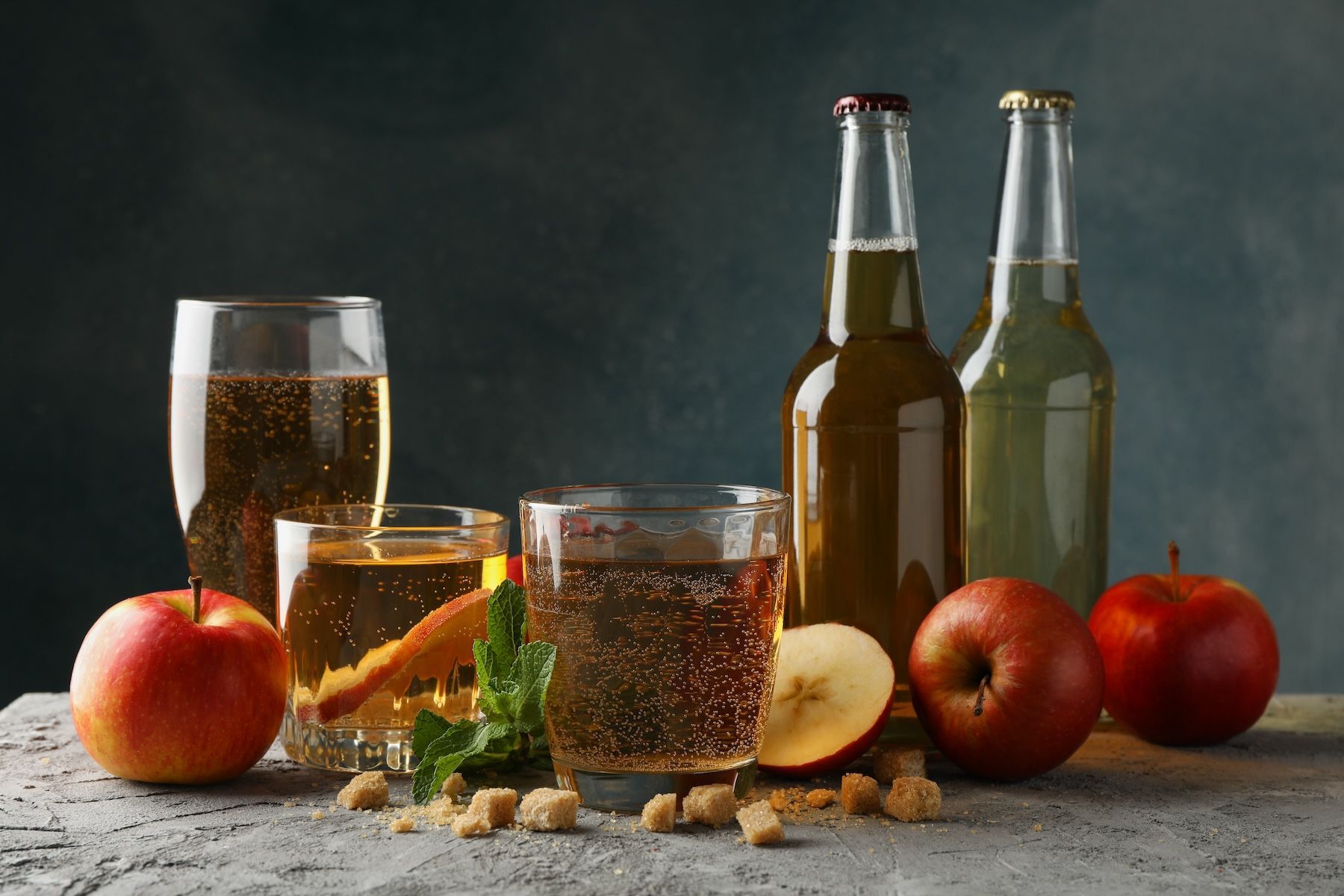


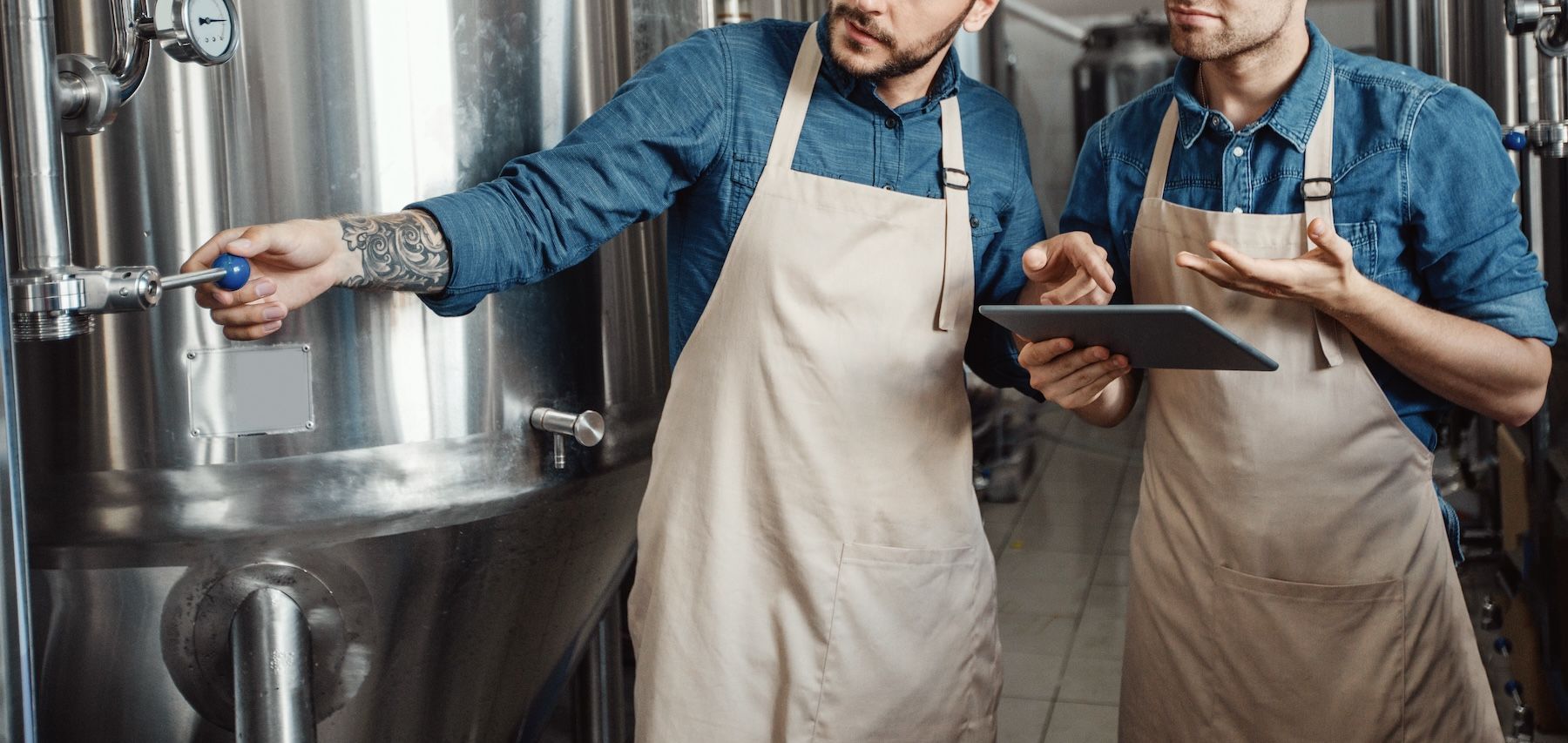



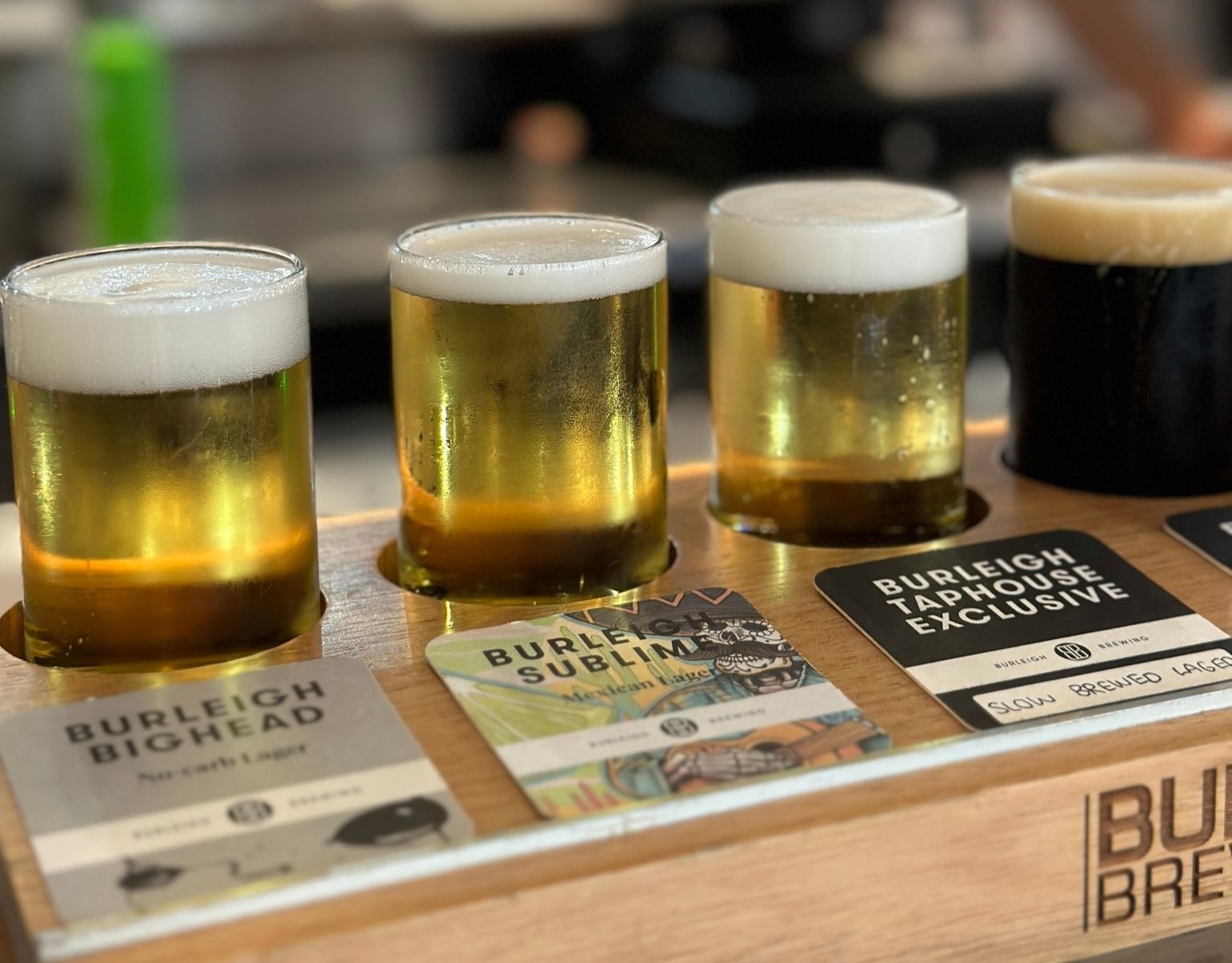
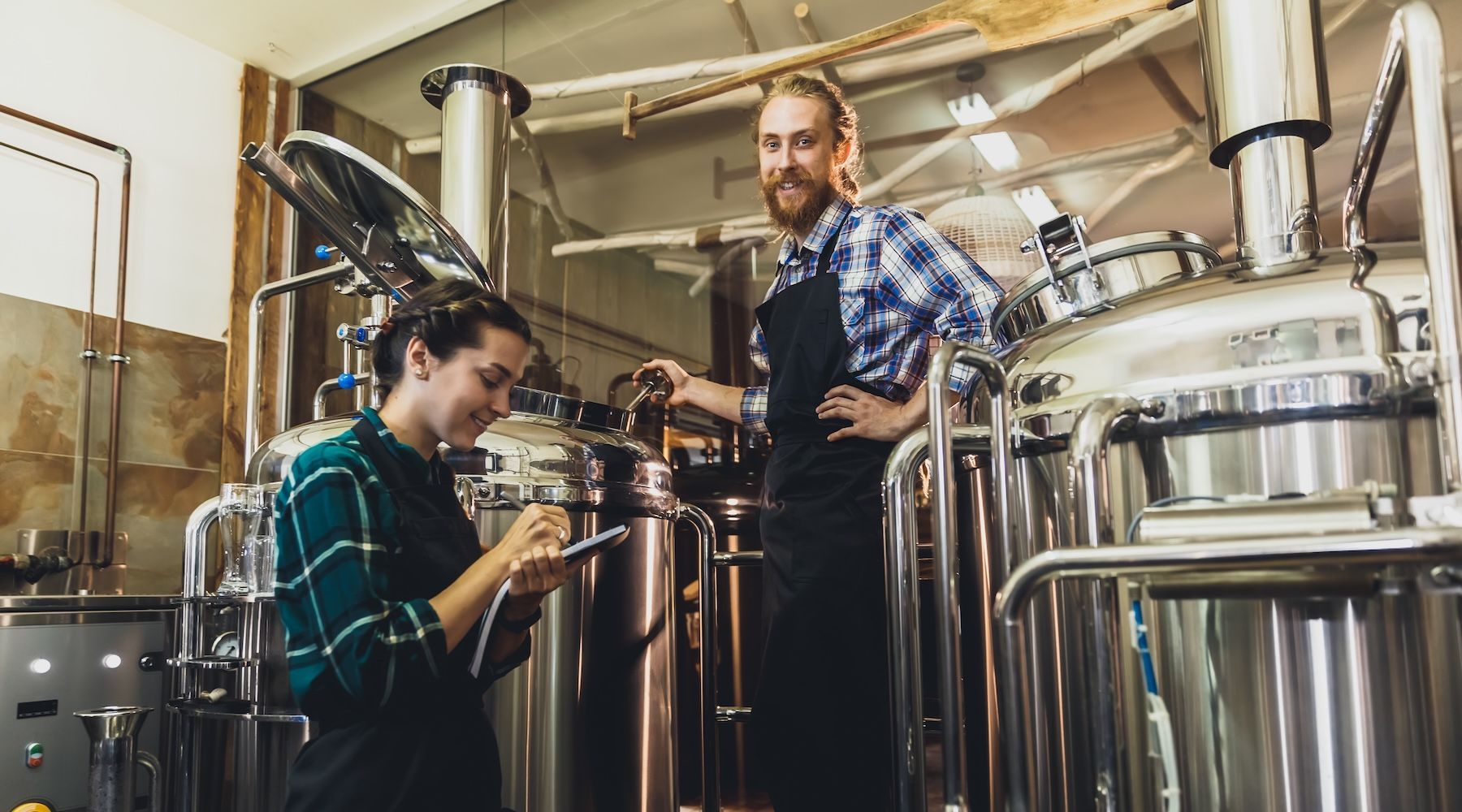
GET IN TOUCH
1512 Larimer Street, Suite #150
Denver, CO 80202
United States
(720) 699-0200
66 Goulburn Street
Sydney, NSW, 2000
Australia
+61 2 9044 1330

